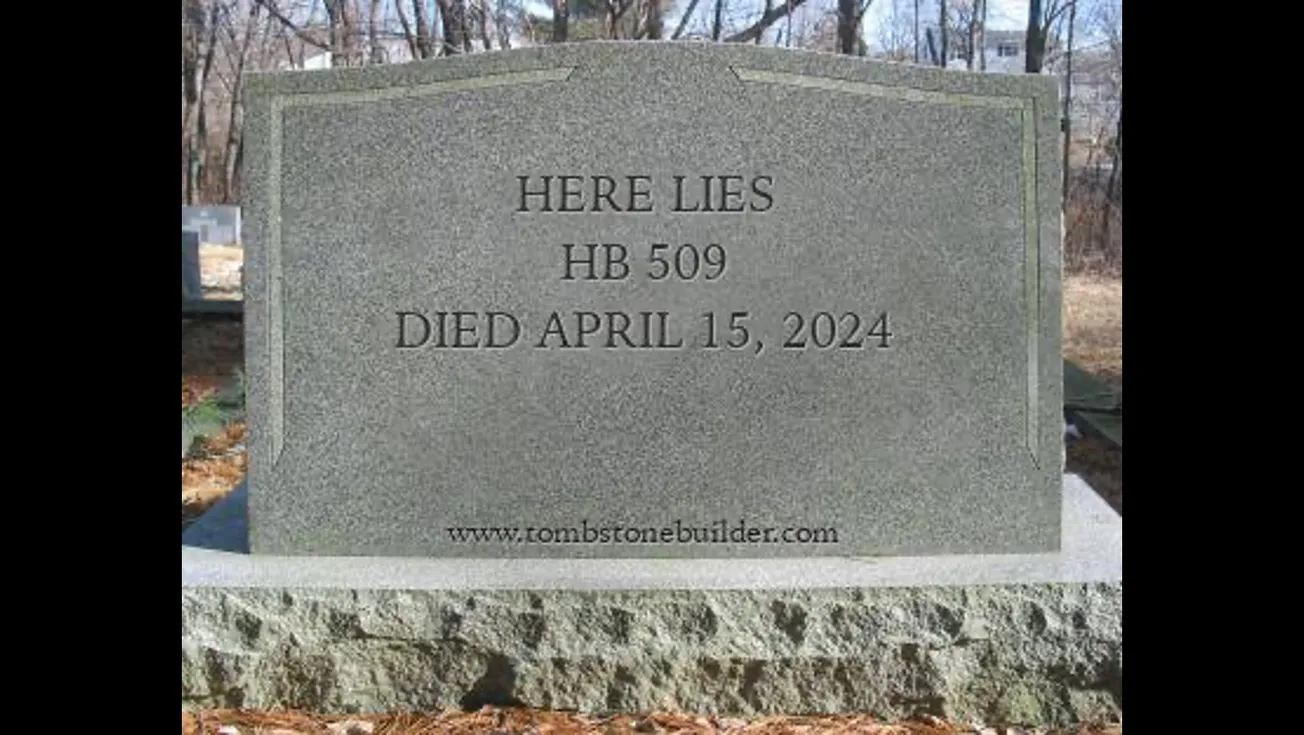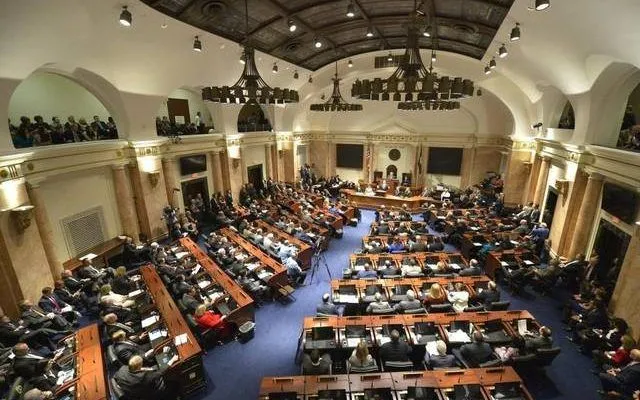After reading about various accusations of “over-policing” in cities such as Atlanta and Baltimore, and seeing some police budgets that seem way out of line in their share of the city budget, we decided to do some research into police costs in Kentucky’s largest cities.
To do this, we gathered publicly-available city budgets for the top 19 cities by population in Kentucky. We then dug into those budgets to make sure that the numbers we used were only the general fund numbers from each city, so we could do a good apples-to-apples comparison.
Finally, we applied formulas to calculate the police share of the city’s budget, the per-capita cost of the overall budget, and the per-capita cost of policing for that city’s residents. There were some interesting differences.
The data
First of all, here is a copy of the data in spreadsheet form. The table is sortable by clicking on the column header.
| Rank | City | Population | Total Budget |
Police budget |
Police as % of total |
Budget per capita |
Police per capita |
|---|---|---|---|---|---|---|---|
| 1 | Louisville/Jefferson Metro | 633045 | $813,055,622 | $210,489,700 | 25.9% | $1,284 | $333 |
| 2 | Lexington/Fayette | 322570 | $442,670,549 | $81,517,255 | 18.4% | $1,372 | $253 |
| 3 | Bowling Green | 72294 | $86,000,000 | $20,824,680 | 24.2% | $1,190 | $288 |
| 4 | Owensboro | 60183 | $65,827,204 | $17,658,645 | 26.8% | $1,094 | $293 |
| 5 | Covington | 40961 | $69,213,228 | $20,076,182 | 29.0% | $1,690 | $490 |
| 6 | Georgetown | 37086 | $44,436,688 | $8,346,655 | 18.8% | $1,198 | $225 |
| 7 | Richmond | 34585 | $42,490,237 | $9,946,622 | 23.4% | $1,229 | $288 |
| 8 | Florence | 31946 | $64,299,791 | $11,041,857 | 17.2% | $2,013 | $346 |
| 9 | Elizabethtown | 31394 | $50,561,436 | $10,773,148 | 21.3% | $1,611 | $343 |
| 10 | Hopkinsville | 31180 | $42,477,899 | $9,336,148 | 22.0% | $1,362 | $299 |
| 11 | Nicholasville | 31093 | $28,348,265 | $8,294,095 | 29.3% | $912 | $267 |
| 13 | Frankfort | 28602 | $42,640,506 | $7,645,638 | 17.9% | $1,491 | $267 |
| 14 | Jeffersontown | 28474 | $29,566,440 | $11,247,140 | 38.0% | $1,038 | $395 |
| 15 | Henderson | 27981 | $36,450,000 | $9,042,930 | 24.8% | $1,303 | $323 |
| 16 | Paducah | 27137 | $43,276,785 | $13,020,856 | 30.1% | $1,595 | $480 |
| 17 | Radcliff | 23042 | $14,756,100 | $5,857,800 | 39.7% | $640 | $254 |
| 18 | Ashland | 21625 | $42,345,218 | $6,461,544 | 15.3% | $1,958 | $299 |
| 19 | Erlanger | 19611 | $23,117,611 | $7,143,771 | 30.9% | $1,179 | $364 |
| 20 | Madisonville | 19542 | $29,430,636 | $8,557,014 | 29.1% | $1,506 | $438 |
And here is the spreadsheet itself, in case you want to play with the data on your own.
The data, visualized
Here is a visualization of the above data, using Police budget per capita as the X axis, and General Fund budget per capita as the Y axis. The size and color of the dots is based on the percentage the police budget takes out of the city’s budget.
Note that you can hover your mouse over a given city and see that city’s numbers in a popup.
Some observations and conclusions
Here are some observations and conclusions we drew from the data. Note that these are purely from open-source data analysis, and not from either interviews with persons in those cities nor from other data about those cities. Thus, as they say, “your mileage may vary.”
Correlation of police spend to other factors
We ran correlations between the police-per-capita numbers and the percentage of minorities in the city and the physical size of the city, as well as between the percentage of minorities and the size of the police budget. None of these showed high levels of correlation.
KY police spend in context
The Vera Institute of Justice did a similar study of policing costs across the country, and published their data here. The most expensive per-capita police costs were in Baltimore and Wilmington, where the police budget costs over $800 per citizen. (Note that Baltimore’s population has been decreasing, which means any part of the budget is going to cost more per resident.)
Across the cities in the Vera Institute’s report, the median police budget share of a city’s budget was 29%, with the highest share being Billings, Montana (64%) and the lowest being Washington, New York, and San Francisco – all under 10%. Kentucky’s median police budget share was 25%.
The median police cost per resident in the Vera study was $379, with the high being Baltimore as noted above, and the low being Fargo, North Dakota, at $184 per resident. Kentucky’s median police cost per capita was $299.
So, overall, Kentucky’s policing costs trail that of the rest of the country.
Individual cities and their numbers
Even though our state’s median police budget share and policing costs per capita are lower than the rest of the country, there are definitely some cities whose numbers stick out.
For example, Covington and Paducah have per-capita police costs that are much higher than any other cities in the state, as well as being well above the national median. Madisonville and Jeffersontown are also above the nation median.
Why are those communities choosing to spend so much more on policing per citizen? The data alone doesn’t tell us – but perhaps there are local reasons.
Jeffersontown and Radcliff also dedicate a over a third of their total budget to their police departments, with Paducah and Erlanger not far behind. Out of all the things cities can spend their money on, why do these cities choose to take this much out of their budget for their police departments?
And finally, as always, actual data can dispel stereotypes. If you were to ask almost any person across the state of Kentucky which city spent the most on police, they would say Louisville. True, Louisville’s raw numbers are large, since Louisville is the biggest city in the state – but their policing budget share and their per-citizen costs are right in the middle of the graph above. In fact, so is their overall budget cost per citizen.
It’s the medium-sized cities on the right of the graph that are leading the way in police spending. A good use of time and data would be for those cities and their citizens to figure out why.
--30--
This story was written by Bruce Maples, based on data gathered by Dan Nolet.









